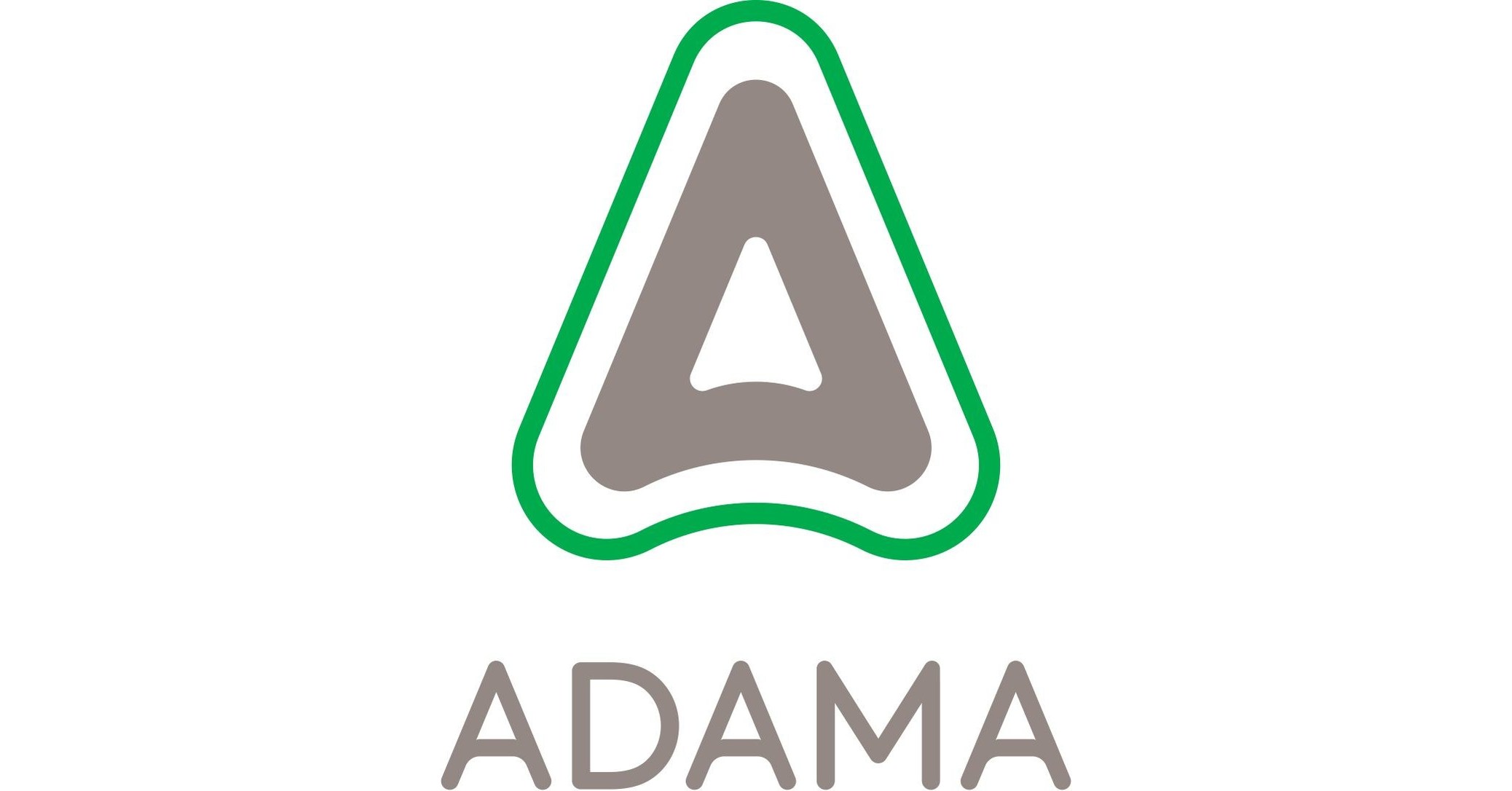Teach Multisyllabic Closed Syllable with Worksheets
Ever wondered why some readers breeze through challenging texts while others struggle?
The secret might be hiding in multisyllabic closed-syllable words!
These powerful building blocks form the backbone of English reading skills, yet many teachers and parents overlook their importance.
If you’re helping a struggling reader or wanting to boost your child’s literacy skills, pay attention to these patterns.
1Understanding these special word patterns can make a difference.
Find out how these fundamental reading patterns help students decode longer words and build essential literacy skills for lifelong success.
Multisyllabic closed-syllable words combine two important phonics concepts.
A closed syllable follows a consonant-vowel-consonant pattern where the vowel makes a short sound.
This happens because the vowel is “closed in” by a consonant at the end.
For example, in “cat,” the ‘a’ makes its short sound.
Multisyllabic simply means a word has two or more syllables.
When we put these concepts together, we get multisyllabic closed-syllable words.
These are words with multiple syllables where at least some of the syllables follow the closed pattern.
Common examples include “basket” (bas-ket), “picnic” (pic-nic), and “trumpet” (trum-pet).
In each word, you can hear the short vowel sounds in the closed syllables.

Closed syllables deserve special attention in reading instruction because they match children’s natural reading development.
Beginning readers first master simple words before tackling longer ones.
Many struggling readers get stuck at this critical transition point.
Closed syllables give these students a reliable pattern to recognize in longer words.
This is especially important for students with dyslexia.
Orton-Gillingham and similar structured literacy programs highlight closed syllables as a fundamental concept.
These programs work because they teach patterns explicitly rather than expecting students to figure them out on their own.
When students understand closed syllables, they gain a powerful tool for breaking down intimidating longer words.
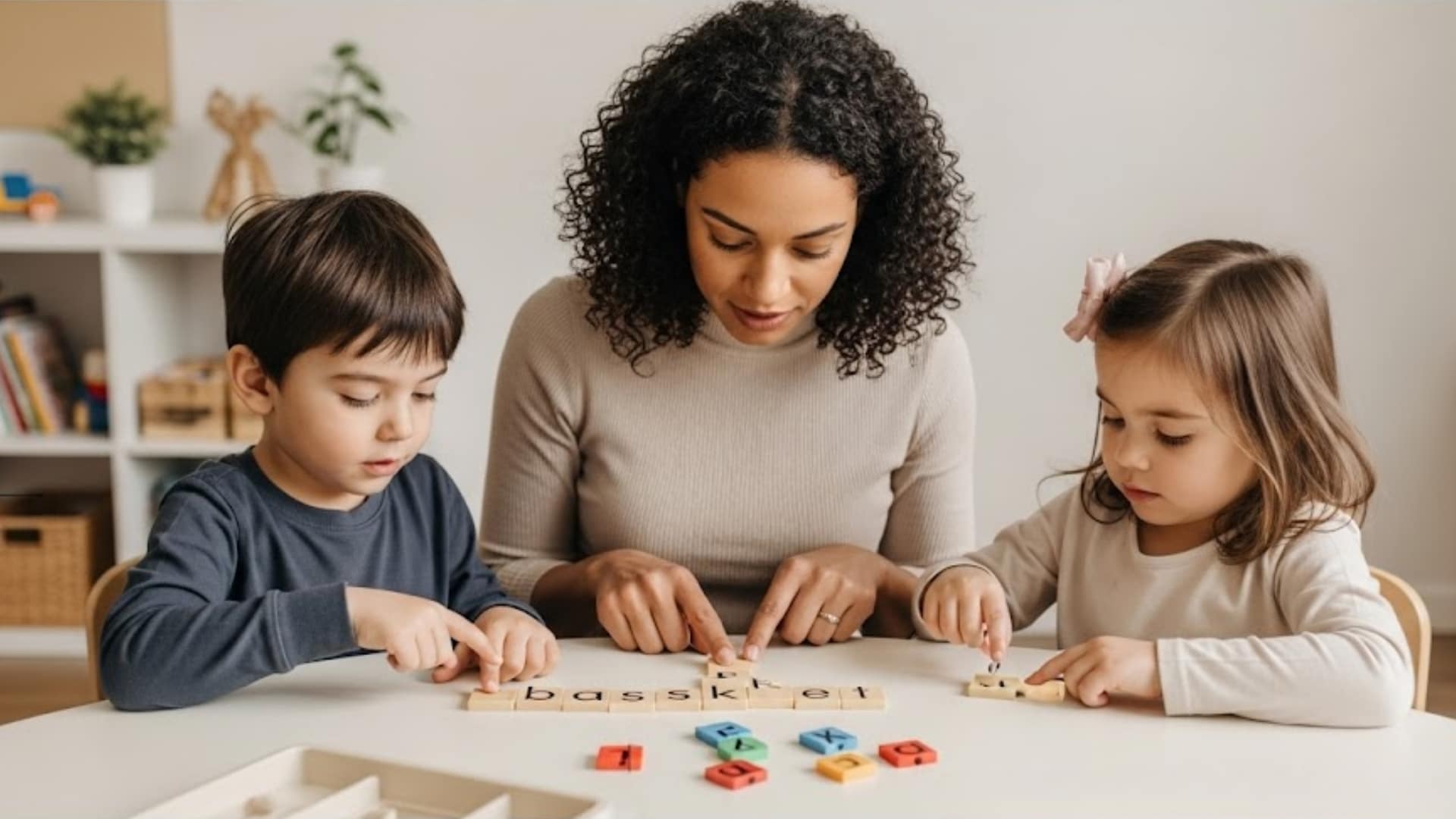
Effective teaching of multisyllabic closed syllable words requires a structured, multi-sensory approach. Here are some proven strategies that work well in both classroom and home settings.
These techniques engage different learning styles and reinforce pattern recognition.
Consistency is crucial when teaching these patterns. Even 10-15 minutes of daily practice can lead to significant improvement.
Remember to praise effort and celebrate small victories as students master these important reading skills.
We’ve created several practical tools that you can download immediately and start using with your students.
These materials are perfect for classroom activities, tutoring sessions, or at-home practice with struggling readers.
Simply click on any resource above to download the PDF version.
These carefully designed materials have been tested in real classrooms and revised based on teacher feedback for maximum effectiveness.
When teaching multisyllabic words with closed syllables, several predictable challenges often arise.
Being aware of these common mistakes can help you prepare better lessons and provide targeted support to struggling readers.
| MISTAKE | EXAMPLE | SOLUTION |
|---|---|---|
| Wrong Vowel Sounds | “habit” as /hāt/ not /hab-it/ | Identify the vowel first, then check if “closed” |
| Overgeneralizing | Applying rules to “robot” incorrectly | Sort words by different syllable types |
| Trouble with Blends | Struggling with “napkin,” “basket” | Break complex blends into individual sounds |
| Suffix Confusion | “jumping” as “jum-ping” | Teach suffixes separately before combining |
| Incorrect Division | Dividing “magnet” wrongly | Use visual cues like color-coding syllables |
Remember that persistence is key. Most students will make these mistakes as part of the normal learning process.
With consistent practice and gentle correction, they’ll gradually internalize the patterns and become more accurate readers.
Learning about multisyllabic closed syllable words doesn’t have to be boring!
These engaging activities make practice enjoyable while reinforcing important reading skills.
Try rotating through these games to keep students interested and motivated. Students learn best when they’re having fun.
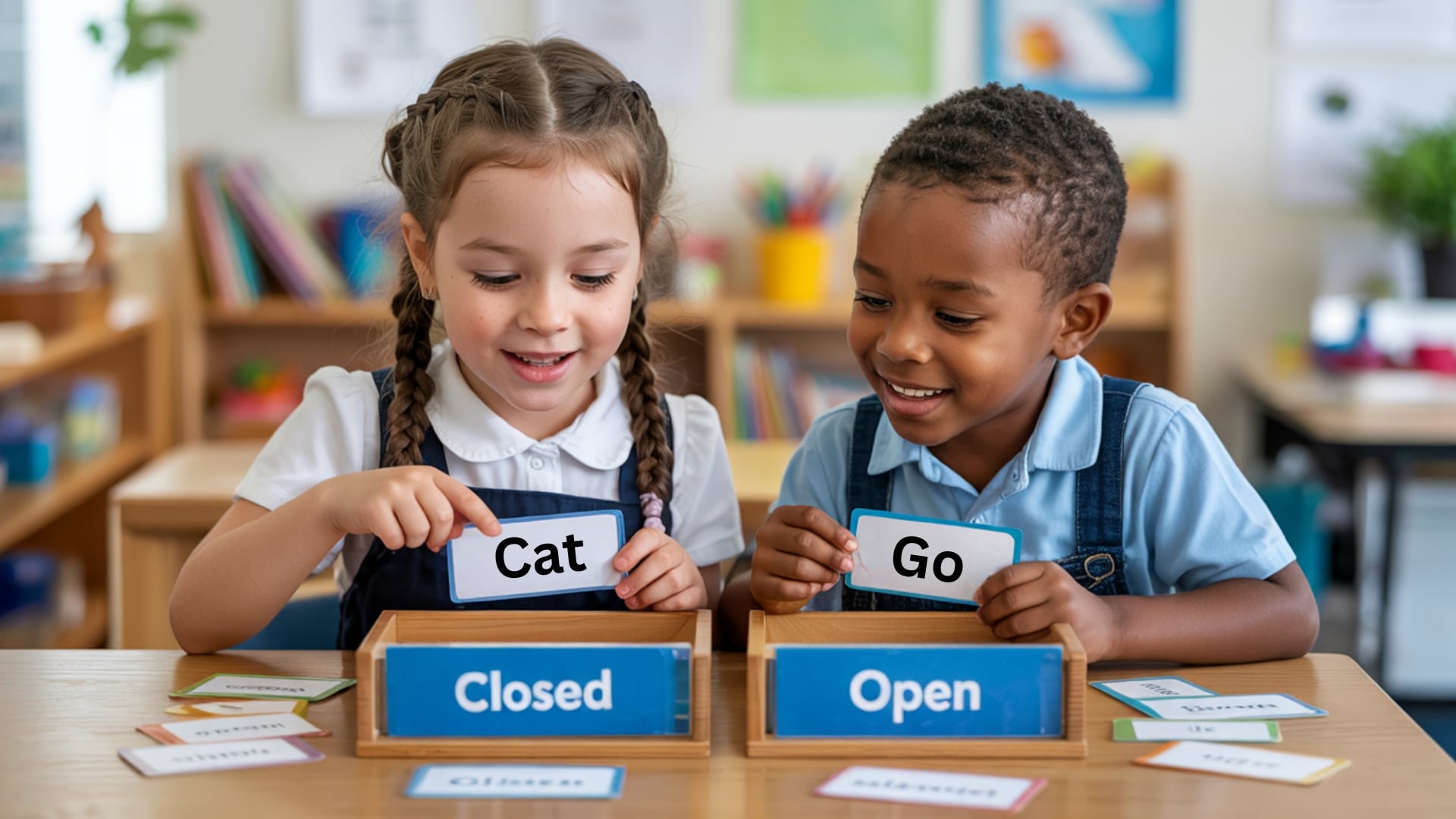
Word sorting helps students recognize syllable patterns visually. Give students word cards to sort into “closed syllable” and “open syllable” groups.
For beginners, highlight the vowels as a visual cue. Advanced students can sort multisyllabic words by their specific patterns.
This hands-on activity helps students internalize the differences between syllable types. Students can work independently or in pairs, discussing their reasoning as they sort.
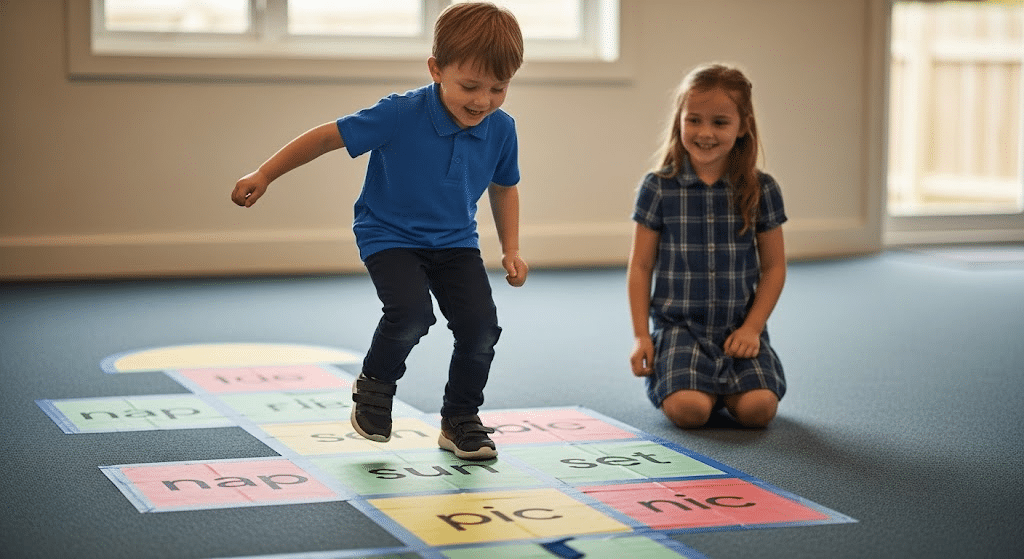
Draw a hopscotch grid on the playground or use tape on your classroom floor. Write different syllables in each square.
Students hop through the grid, reading each syllable as they land. When they reach the end, they combine the syllables to form a multisyllabic word.
This activity gets bodies moving while reinforcing reading skills. It’s perfect for kinesthetic learners who need movement to stay engaged.
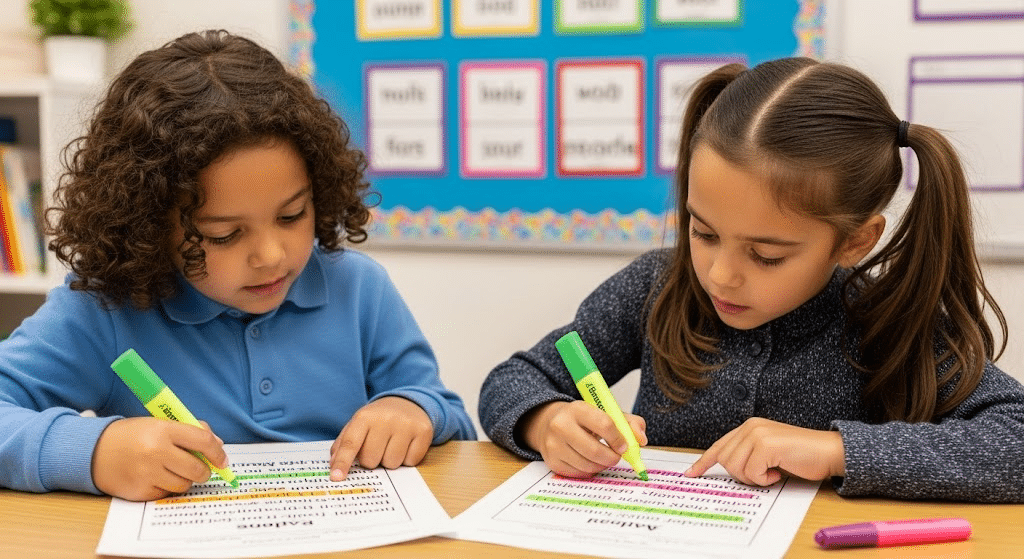
Display a paragraph containing many multisyllabic closed-syllable words. Students work in pairs to find and highlight all closed syllables.
Award points for each correctly identified syllable.
For an extra challenge, have students sort the words they find by syllable count. Create a classroom bulletin board where students add new multisyllabic closed-syllable words they find in their reading.
Multisyllabic closed-syllable words might sound complicated, but they’re actually a weapon for reading success.
By teaching these patterns explicitly and practicing regularly, you’ll give readers powerful tools.
They can tackle increasingly complex texts with confidence. Remember, reading isn’t magic.
It’s built on recognizable patterns that anyone can learn.
When students master multisyllabic closed-syllable words, they gain independence and fluency.
They develop a deeper understanding of how our language works.
So start incorporating these powerful word patterns into your reading instruction today!
Keep the learning going. Browse our category for more helpful blogs.
You may also like...
Diddy's Legal Troubles & Racketeering Trial

Music mogul Sean 'Diddy' Combs was acquitted of sex trafficking and racketeering charges but convicted on transportation...
Thomas Partey Faces Rape & Sexual Assault Charges

Former Arsenal midfielder Thomas Partey has been formally charged with multiple counts of rape and sexual assault by UK ...
Nigeria Universities Changes Admission Policies

JAMB has clarified its admission policies, rectifying a student's status, reiterating the necessity of its Central Admis...
Ghana's Economic Reforms & Gold Sector Initiatives

Ghana is undertaking a comprehensive economic overhaul with President John Dramani Mahama's 24-Hour Economy and Accelera...
WAFCON 2024 African Women's Football Tournament

The 2024 Women's Africa Cup of Nations opened with thrilling matches, seeing Nigeria's Super Falcons secure a dominant 3...
Emergence & Dynamics of Nigeria's ADC Coalition

A new opposition coalition, led by the African Democratic Congress (ADC), is emerging to challenge President Bola Ahmed ...
Demise of Olubadan of Ibadanland
Oba Owolabi Olakulehin, the 43rd Olubadan of Ibadanland, has died at 90, concluding a life of distinguished service in t...
Death of Nigerian Goalkeeping Legend Peter Rufai

Nigerian football mourns the death of legendary Super Eagles goalkeeper Peter Rufai, who passed away at 61. Known as 'Do...

